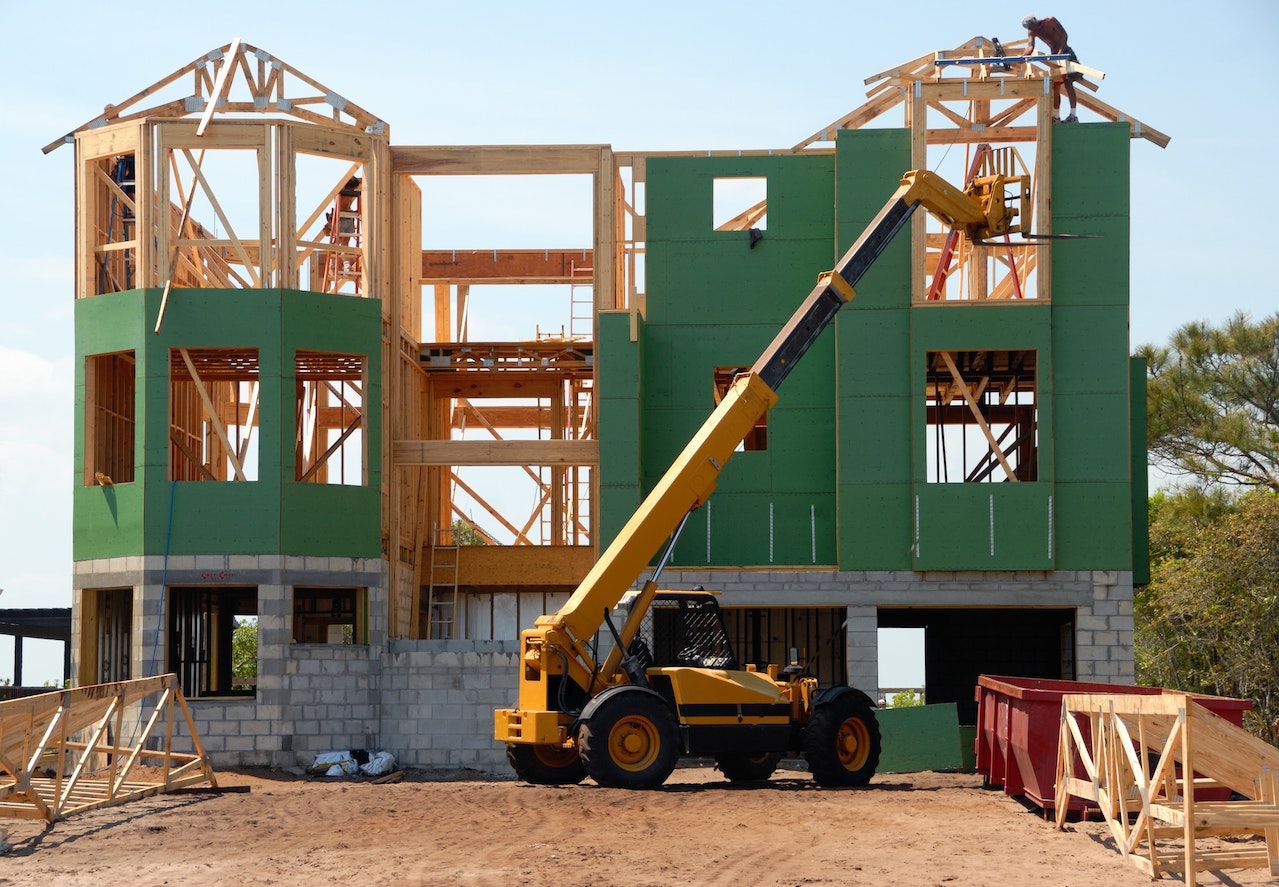Surety Bond Professionals is a family owned and operated bonding agency with over 30 years of experience. With access to a broad range of surety markets, our expert agents are ready to assist with all of your construction bond needs.
What is a Backlog in the Construction Industry?
A construction backlog exists when a contractor has been awarded contracts that have not yet been initiated. A backlog typically is measured in terms of the number or the aggregate value of all projects in the pipeline but not started. It can also be described in terms of how far out into the future that projects are already scheduled.
It’s good to have some amount of backlog because it ensures you will have money coming in for a certain foreseeable period. With no backlog, you would be worrying about where and when you will find your next job. Too much backlog could mean you’re underbidding to win contracts, which could leave you with an inadequate profit margin or even cause you to lose money on a project. And it could make potential clients question your project management skills and experience.
This article presents 10 proven ways to help you find the right balance to grow your business without undue risk.
1. Measure and Monitor Your Backlog
At any point in time, you should know exactly what your construction backlog is. That means you’ll need to keep accurate records of your bids, contract awards, work in progress, and expected project completion dates.
2. Gain Your Clients’ Trust through Clear Communication
When negotiating a project with a client, it’s important to get them to trust that you know what you’re doing before discussing the project schedule. That way, you can help them understand that it’s normal to have some delay before starting a new project so they don’t automatically assume that a backlog is bad.
3. Make Hiring Decisions Based on Your Backlog
You don’t want to have to scramble to increase the size of your crew at the last minute to have more hands on board when you have a number of projects in the pipeline. But you also don’t want to find yourself financially strapped or even unable to cover the payroll. Managing crew size is a matter of finding the right balance between the need for labor and your current finances.
4. Be Aware of Economic Conditions and Projections
Current economic conditions, such as inflation, interest rates, and recessionary trends, also enter into the picture. The Associated Builders and Contractors (ABC) conduct surveys to determine the Construction Backlog Indicator. If you’re financially able to match that benchmark, you should be well positioned to explain to clients why your current backlog is aligned with the current industry average.
5. Find the Right Balance Between Growth and Risk
How busy can you afford to be? There’s much wisdom in the adage, “Don’t bite off more than you can chew.” Being too busy can lead to serious cash flow issues. But you also want to grow your business over time, which requires taking on more projects or bigger projects. Again, it’s a balancing act.
6. You Can Always Say “No”
Many contractors fear that if they turn down a project, the client will never consider them again, or worse yet, it will have a negative impact on their reputation. However, having a reputation for quality is crucial, and sometimes saying no to a new project is the best way to maintain high quality on the ones you’re already working on.
7. Protect Your Payments
Educate yourself about mechanics liens and how they can help you collect your accounts receivable faster. Maintaining steady, predictable cash flow is key to shortening the time between wrapping up one project and being able to get started on another.
8. Use Project Management Software:
Using project management software to track projects and leads makes monitoring and substantiating the time delay between bid closing and crew mobilization easier. This information readily available allows contractors to manage their workload and schedule.
9. Build and Maintain a Network of Business Contacts
Building relationships with people you interact with in the course of operating your businesses can help you build a network of resources, such as subcontractors, designers, suppliers, or local officials who can give you insight and valuable information. These folks may be able to advise you when your backlog is getting too large or when you’re trying to estimate project costs and duration or hire crew members.
10. Protect Your Bonding Capacity
Some project owners, particularly those funding public works projects, require contractors to purchase one or more surety bonds—bid bonds, performance bonds, payment bonds, maintenance bonds, for example. A surety’s underwriters will scrutinize your financial documents, including a Work in Progress (WIP) report that shows where you stand on completing projects already underway, and what contracts have been awarded but not yet started. They will base their bonding decisions largely on whether your company has the financial strength to fulfill all of its contractual obligations. Being able to obtain the bonds project owners require from you is essential to growing your business.
Call Us Today
Our surety bond professionals will help you grow your revenue by maximizing your surety capacity. Call us today!





